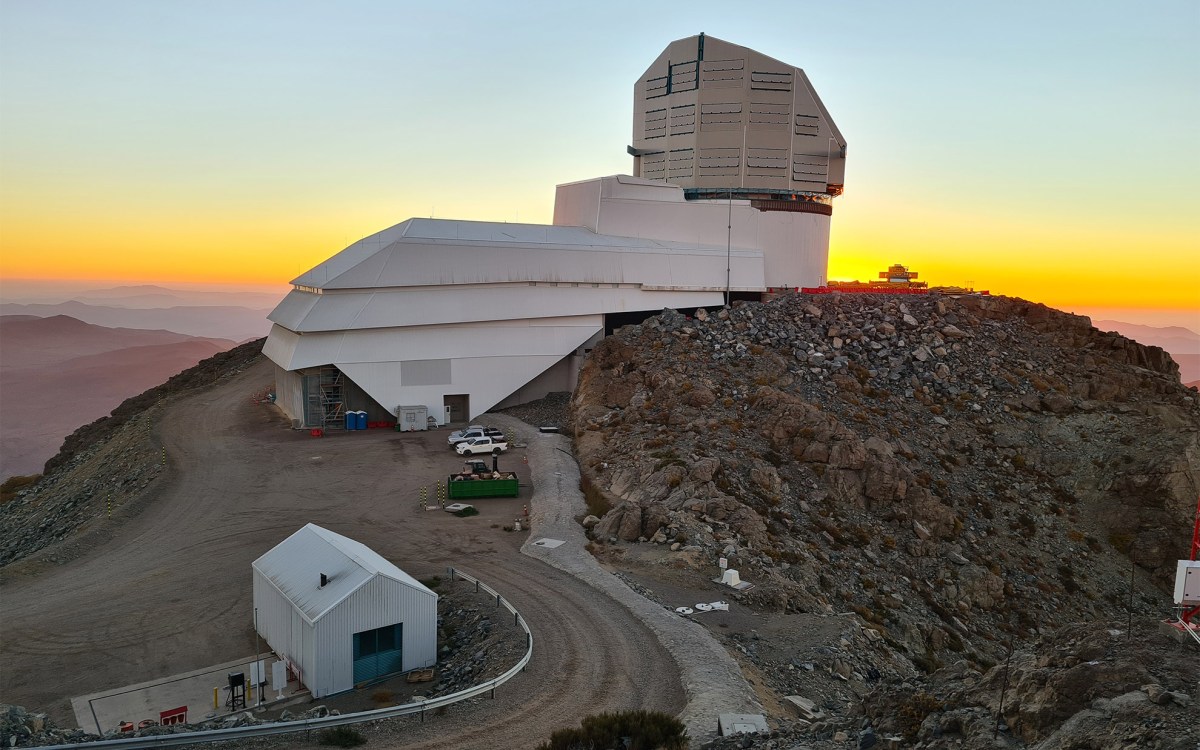Workers in buildings with less fresh air more likely to call in sick
Better ventilation seen as key to preventing absences
Donald Milton, associate professor in the Department of Environmental Health at the Harvard School of Public Health, hypothesized that the nature of the air that employees breathe affects how often they call in sick. In 1994, Milton and two colleagues measured ventilation rates in 40 buildings owned by Polaroid in Massachusetts with 115 independently ventilated work areas. They quantified air supply as moderate or high and then analyzed the absences of more than 3,700 employees to see who had called in sick and in which areas they worked. After noting a correlation between absences and the amount of ventilation in work areas, the researchers narrowed their focus to 600 office workers because they were less likely to be exposed to airborne irritants than those employed in manufacturing areas. The researchers found that office workers employed in areas that were moderately ventilated were 53 percent more likely to take time off due to illness than their colleagues in highly ventilated areas. Increasing ventilation may have prevented 35 percent of the absences, reported the researchers.





